Roman Astronomy: How did Romans See the Planets
Astronomy and astrology in the Roman Empire times were almost identical. People turned to the planets to decide their next moves and to organize their lives.

Our understanding of the universe's structure and origins is known as cosmology, a term derived from Greek. Prior to the advent of telescopes, humans relied solely on their senses to form a picture of the cosmos. Ancient civilizations developed cosmological models that combined their direct observations of the skies with extensive philosophical and religious symbolism.
Three thousand years ago, people believed that the Earth was supported by massive pillars. They thought the sun rose in the east every morning, traveled overhead, and set in the west each evening, then passed under the Earth during the night to reappear in the east the next morning.
This view of the universe was challenged by Pythagoras around 500 BCE, when he proposed that the Earth was spherical and that the sun circled it daily from east to west. By the second century BCE, this idea had been around for about 400 years and was further developed by Hipparchus, the renowned Greek scientist.
The Romans inherited much of their astronomical knowledge from the Greeks, especially the works of figures like Ptolemy, Hipparchus, and Aristotle. Roman astronomy was largely practical, focusing on the calendar and timekeeping for agricultural, civic, and religious purposes.
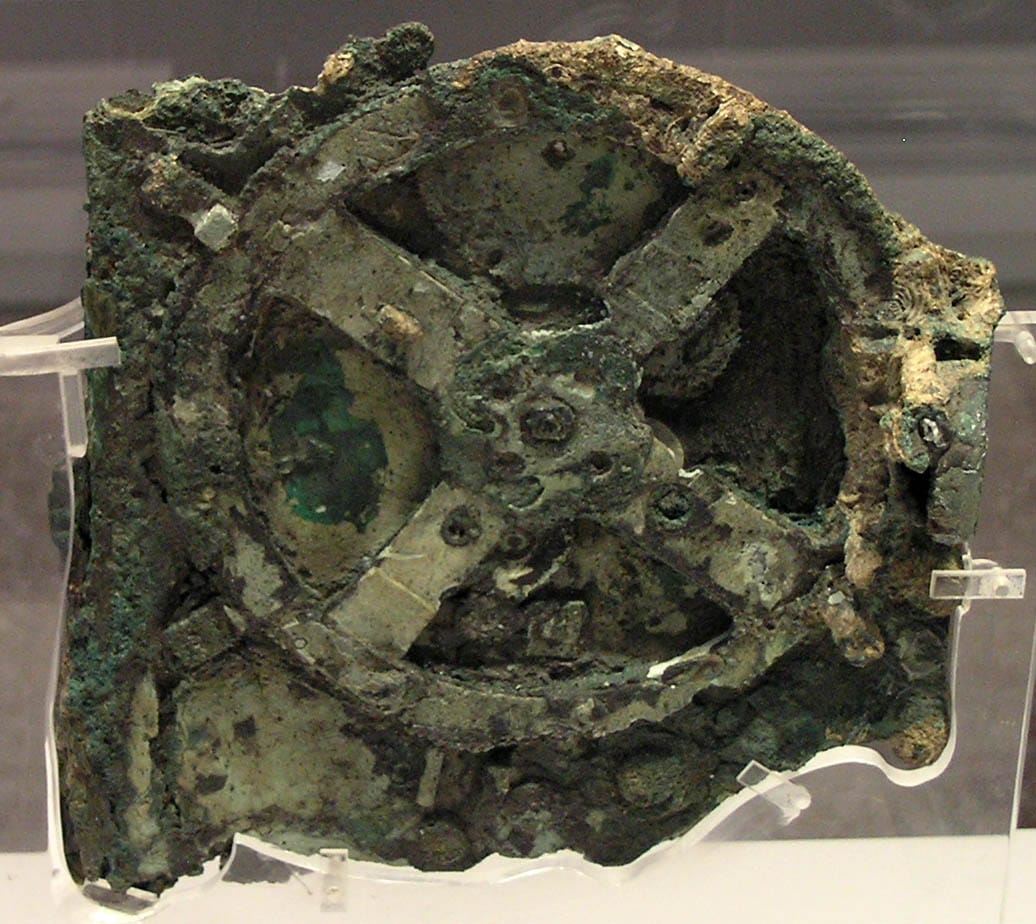
Is the Earth round or flat?
Educated individuals in the eastern Mediterranean region recognized Earth's round shape at least 2000 years before Columbus. This understanding may trace back to Pythagoras, who, 2500 years ago, proposed that Earth was spherical due to his belief that circles and spheres were "perfect forms."
Greek scholars like Aristotle, who lived between 384–322 BCE, documented these ideas, explaining that the Moon’s phases result from viewing different parts of its sunlit side and that lunar eclipses revealed Earth's round shadow. Aristotle also noted that travelers heading south saw new stars and that the North Star's height decreased, indicating a curved Earth surface.
Aristarchus of Samos (310–230 BCE) proposed that Earth orbited the Sun, but this idea was dismissed by Aristotle and his contemporaries because they expected to see stellar parallax—a shift in nearby shift in nearby stars' positions against the background stars as Earth moved around the Sun. However, despite meticulous efforts by Greek astronomers, no such parallax was observed, which could mean either Earth was stationary or the stars were extraordinarily distant, making the parallax imperceptible.
The latter idea required an enormous leap in imagination that most ancient philosophers were unwilling to make, leading to the continued acceptance of the Earth-centered model for almost two thousand years. (pressbooks.online.ucf.edu/: Observing the Sky: The Birth of Astronomy)
Ancient Greek and Roman Astronomy
The Greeks and Romans placed a significant emphasis on time and timekeeping, particularly in relation to the moon and planets. Accurate time-telling was seen as a fundamental drive behind Greek astronomy.
This necessity influenced various human activities both on land and sea, prompting the Greeks and Romans to rely on celestial bodies as indicators for agricultural tasks such as sowing and harvesting, determining safe times for maritime voyages, scheduling religious festivals, organizing political activities, and planning significant ventures.
Although farmers, sailors, priests, and politicians were not entirely reliant on these astronomical cues, they served as an additional set of guidelines for determining the appropriate timing of various activities.

For a long time, the primary focus on understanding the movements of the sun and moon for calendar purposes took precedence over detailed studies of the other planets. The term "planet" (πλάνης in Greek) means "wanderer," and both the sun and moon were included in this category as they moved across the sky, unlike the "fixed" stars that formed the night sky backdrop.
However, starting from the 4th century BCE, the Greeks increasingly focused on the movements of the planets. They sought geometric methods not only to calculate and predict planetary positions for practical purposes but also to philosophically explain their apparent deviations from uniform circular motion to "save the phenomena."
By combining older arithmetic methods borrowed from the Babylonians with geometric models, the Greeks were able to create geared mechanisms and planetary position tables that were remarkably accurate for their time and purposes. (The Moon and the Planets in Classical Greece and Rome by Robert Hannah, University of Waikato)
Which planets did Romans see?
Ancient Romans identified seven planets, categorized by Ptolemy as the Moon, Mercury, Venus, the Sun, Mars, Jupiter, and Saturn. The Greeks initially named the planets after their gods, but the Romans, upon studying Greek astronomy, assigned their own gods' names to these celestial bodies: Mercurius (Hermes), Venus (Aphrodite), Mars (Ares), Iuppiter (Zeus), and Saturnus (Cronus).
Mercury was named after Mercurius, the god of commerce and communication, due to its swift movements. Venus, the brightest and most beautiful "star" in the night sky, was named after the goddess of love. Mars, with its red hue reminiscent of blood, was named after the god of war. Jupiter, the largest planet, was named for the chief deity, god of the sky and thunder. Saturn, the seventh planet in Ptolemy’s model, was named after Jupiter's father and also inspired the name for Saturday, Sāturni diēs.
When new planets were discovered in the 18th and 19th centuries, the tradition continued with Neptune named after the Roman god of the sea. Uranus, however, retained a Greek name, representing the god of the sky. Earth did not receive a Greco-Roman mythological name because it was recognized as a planet much later.
As one can imagine, both the Sun and the Moon were mistakenly categorized as planets by the Roman astronomers, due to their lack of insight for the existence of natural satellites, or the science behind stars and gravity; this however led to significant worship for both celestial objects, a key element of Roman daily life.
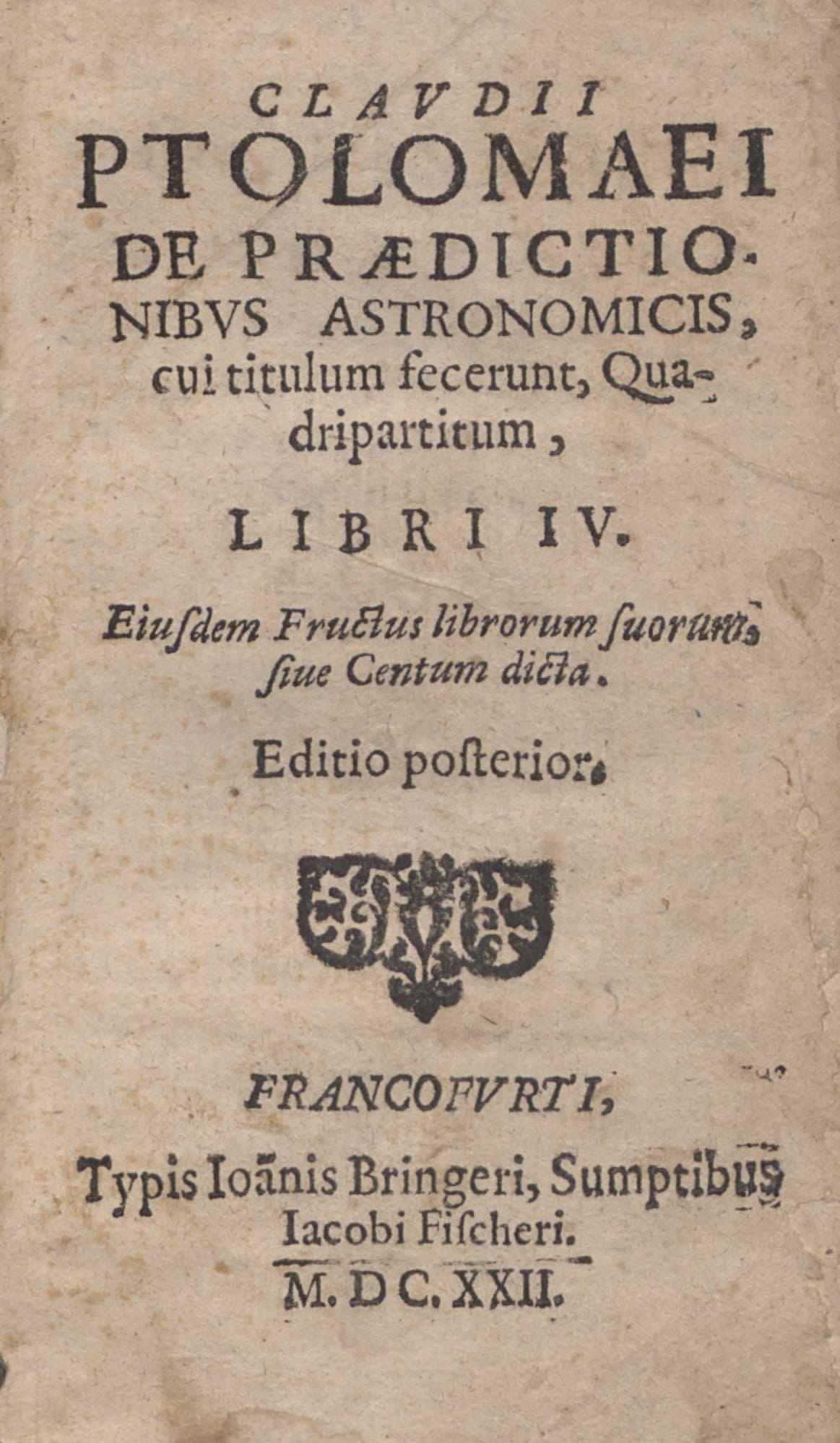
Cosmology in the early Greek and Roman times
A healthy number of Ancient Greek and Roman astronomers were observing the night sky with unwavering pathos, cataloguing stars and making valiant efforts to understand the mysteries of the cosmos.
Hipparhus
Hipparchus, considered one of the greatest astronomers of antiquity, was born in Nicaea, in what is now Turkey. Around 150 BCE, during the expansion of the Roman Republic, he established an observatory on the island of Rhodes. There, he meticulously measured the positions of celestial objects, creating a pioneering star catalog with about 850 entries. For each star, he determined its celestial coordinates, akin to specifying the latitude and longitude of a point on Earth.
He also classified stars by their apparent brightness, introducing a system of apparent magnitudes. The brightest stars were called "stars of the first magnitude," the next brightest "stars of the second magnitude," and so on. This classification system, albeit somewhat arbitrary, is still used in a modified form today, though it holds less relevance for professional astronomers.
One of Hipparchus's most significant discoveries came from comparing his star observations with older data. He noticed that the position of the north celestial pole had shifted over the previous century and a half. Hipparchus correctly deduced that this movement was ongoing, indicating that the direction around which the sky appears to rotate changes slowly but continuously.
This wobbling of the north celestial pole, now known as precession, is akin to the motion observed in a spinning top. Just as a top's axis describes a conical path due to gravitational forces, Earth's axis experiences a similar wobble.
In Hesiod's "Works and Days," the state of Greek astronomy during the seventh century B.C. is detailed. Hesiod discusses the phases of the Moon, the annual solar cycle, and the annual cycle of the stars' appearances and disappearances, representing the popular and practical astronomy of the Greeks. These topics reflect an ancient tradition predating written records. From the fifth century B.C. onward, three distinct astronomical traditions emerged from this early practical astronomy: literary, philosophical, and scientific.
The era in which Hipparchus lived lacked the necessary conveniences for his ambitious projects, making the conditions entirely unsuitable for his endeavors. Consequently, it is unsurprising that he was unable to achieve any triangulation to the stars. As a result, he concluded that the stars must be too distant to measure and stated, "the heavenly bodies are infinitely distant."
This remarkable conclusion by Hipparchus forms a fundamental basis in astronomy and has led to a series of misconceptions among its proponents from that time to the present.
Sosigenes
The next notable astronomer is Sosigenes of Alexandria, who developed the Julian Calendar during Caesar's reign. He found no flaws in Hipparchus's theories and passed them on to Ptolemy. (Kings dethroned: a history of the evolution of astronomy from the time of the roman empire up to the present day by Hickson, Gerrard)
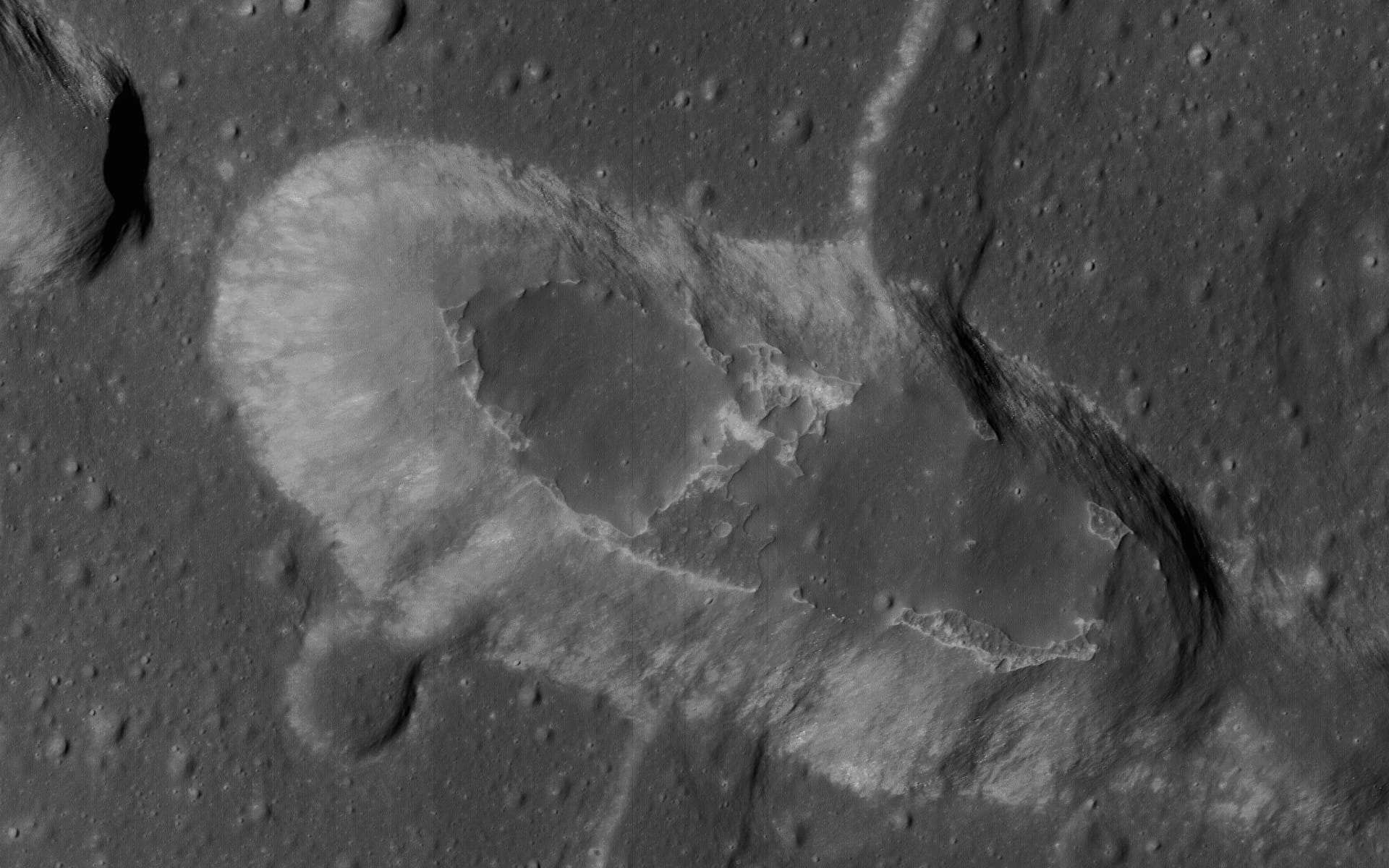
Ptolemy
Claudius Ptolemy, often simply known as Ptolemy, is recognized as the culminating figure of Greek mathematical astronomy. He lived and worked in Alexandria during the first half of the second century A.D.
Ptolemy advanced Greek planetary theory to its most refined form through his seminal work, which is now known as the Almagest. The original title of this work was likely "The 13 Books of the Mathematical Composition of Claudius Ptolemy," and it was later referred to as the Megale Syntaxis or "Great Composition." The term Almagest evolved from the superlative form of the Greek word megale (meaning great), combined with the Arabic article al-, used by early medieval Arabic astronomers.
This linguistic evolution, later adopted and corrupted by medieval Latin writers, reflects the continuous influence of Greek, Arabic, and Latin traditions in Western astronomy.
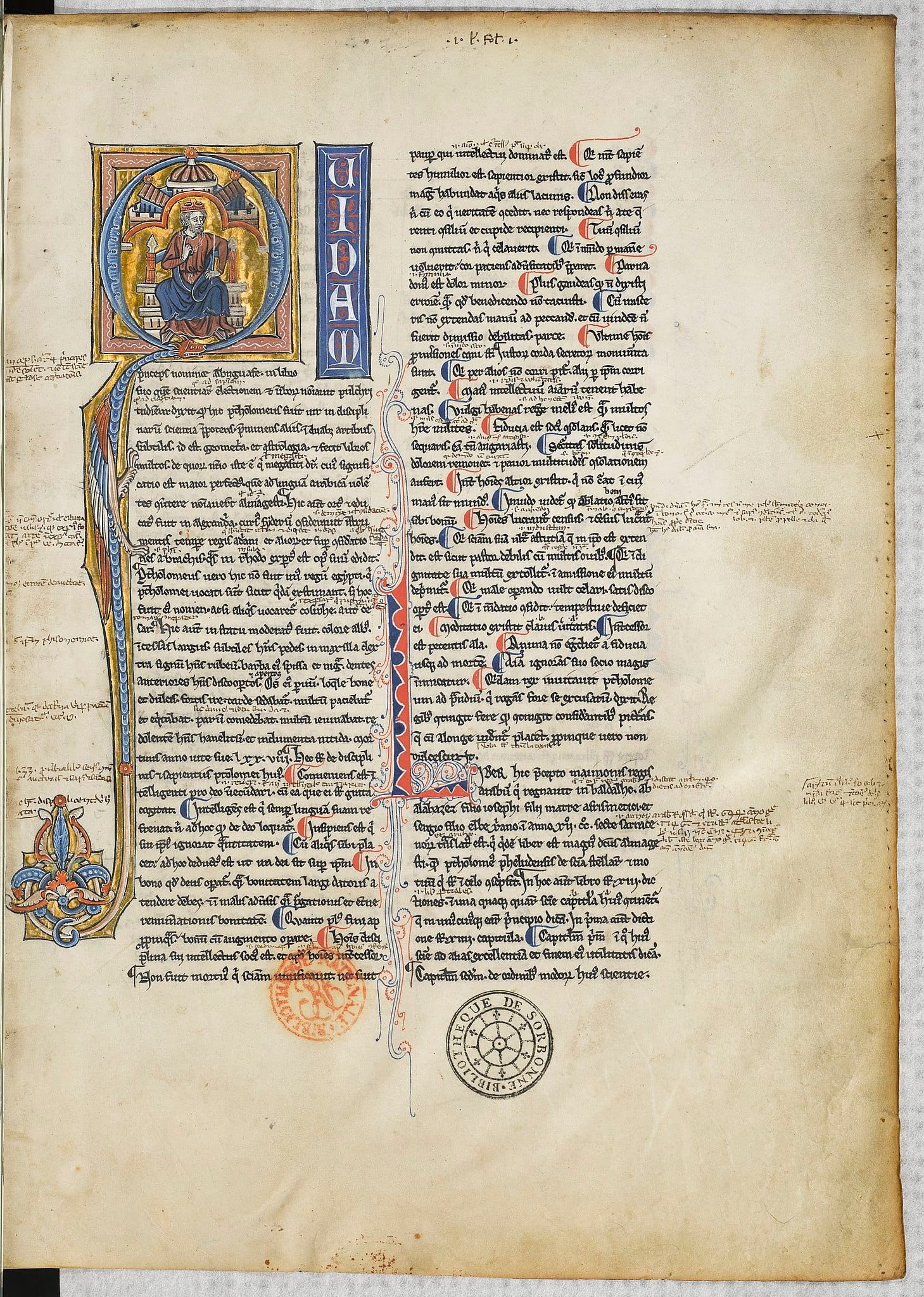
Ptolemy's work, particularly the Almagest, is regarded as the definitive treatise on mathematical astronomy.
First page of the manuscript of the Almagest of Ptolemy. Public domain
The Almagest stands among the greatest scientific texts in history, comparable in importance and influence to Euclid's Elements, Newton's Principia, and Darwin's Origin of Species. This monumental work dominated the study and practice of astronomy from its creation until the sixteenth century. Ptolemy not only influenced all subsequent astronomers but also overshadowed his predecessors.
Consequently, earlier technical works on mathematical astronomy ceased to be read and copied, as their findings were either included in or surpassed by Ptolemy's Almagest. For instance, none of Hipparchus's technical writings have survived to the present day.
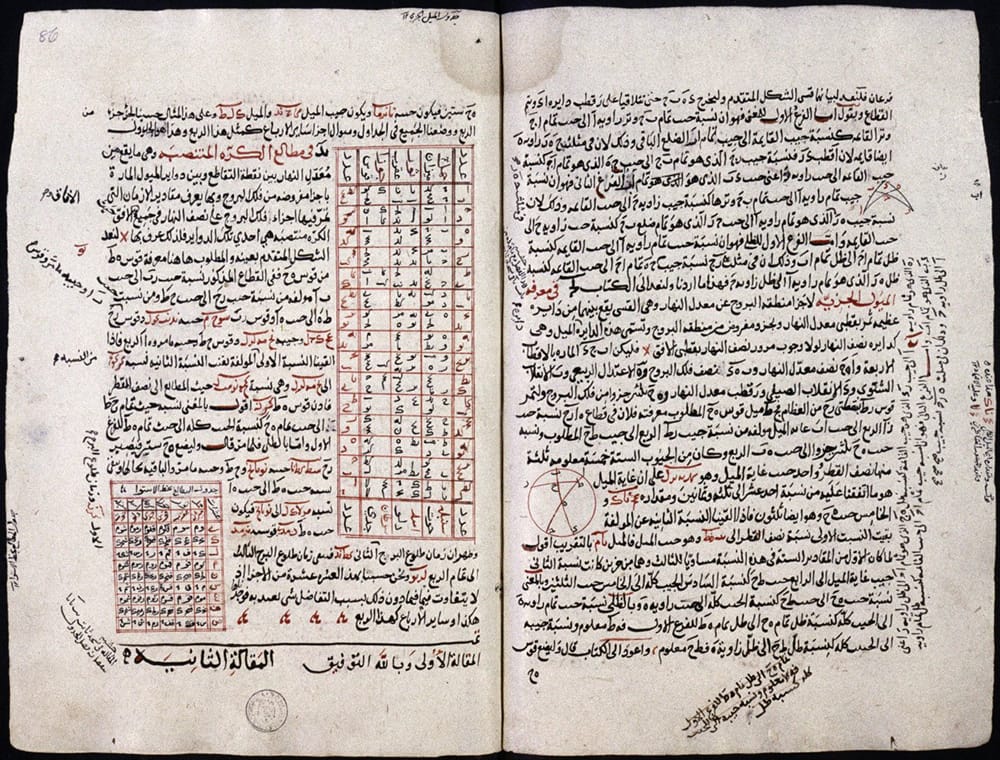
Three introductory Greek textbooks on astronomy were composed around the start of the Christian era. These include works by Geminus, Theon of Smyrna, and Cleomedes. These primers, though nontechnical and meant for beginners, contain numerous details that shed light on the evolution of Greek astronomy before Ptolemy's time.
For instance, Geminus offers an insightful discussion on calendrical cycles, a topic that Ptolemy does not cover. Additionally, Cleomedes is our primary source for the renowned measurement of the Earth's size conducted by Eratosthenes.
We also have some encyclopedic works by Latin authors. For instance, the second book of Pliny's Natural History is focused on astronomical topics. While Pliny's account is nontechnical and his grasp of astronomical concepts is often flawed, he had access to sources that are now lost. This allows his work to shed some light on the development of planetary theory during the nearly three centuries between Hipparchus and Ptolemy.
Additionally, several other Latin works on specialized subjects are useful. For example, Vitruvius's On Architecture provides significant, though occasionally disappointing, information on the theory and practice of sundial construction. (The History and Practice of Ancient Astronomy by James Evans)
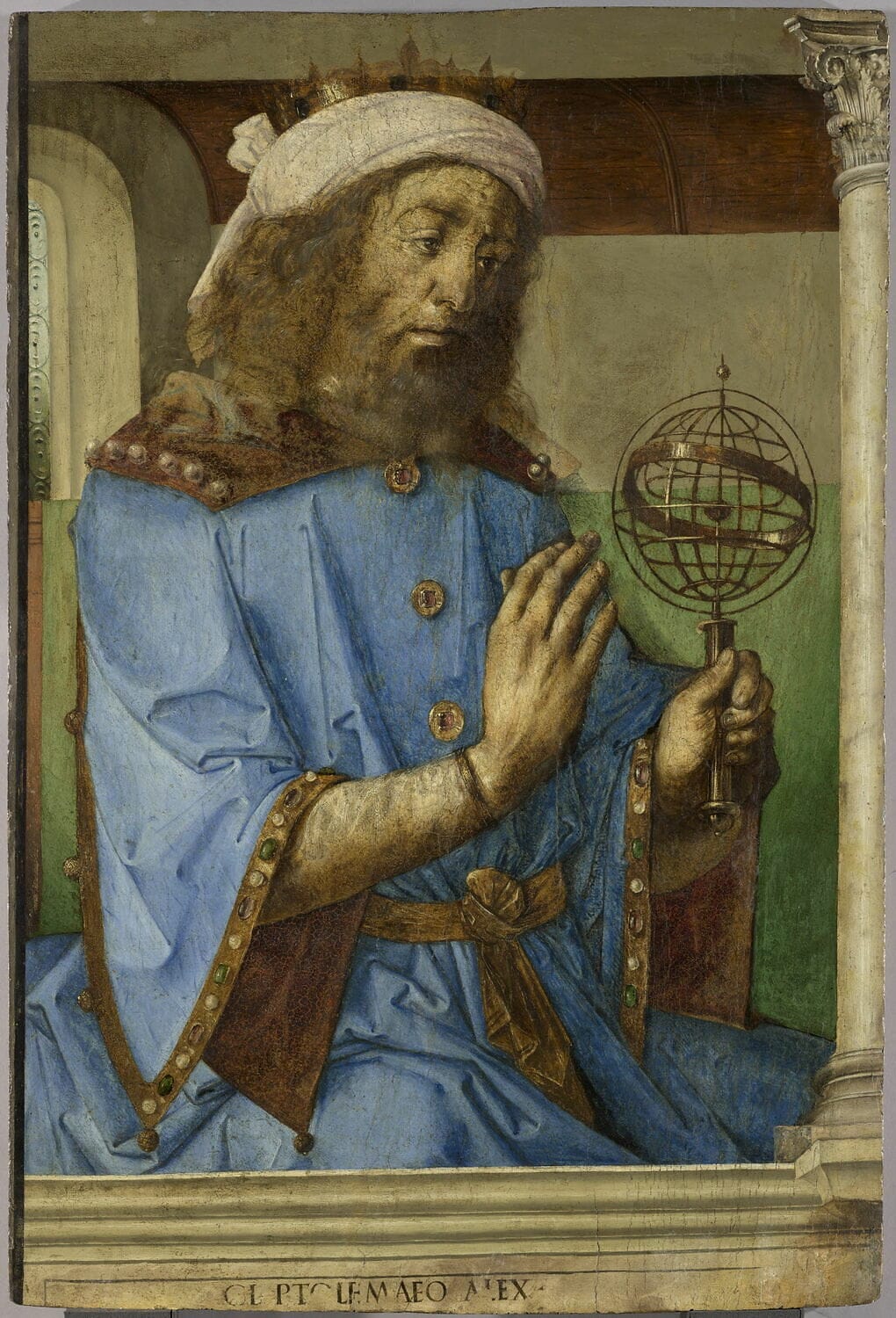
Roman Literature and Astronomy
Pliny the Elder‘s works on Astronomy
Despite dedicating Book 2 of the Naturalis Historia to celestial matters, Pliny the Elder proves to be a frustrating source for those seeking insights into the state of astronomy in the obscure period between Hipparchus and Ptolemy. While he referenced numerous astronomical texts that have not survived otherwise, Pliny lacked both the scientific expertise to fully comprehend these works and the technical Latin vocabulary to convey their content clearly to his readers.
Nevertheless, when his often confusing accounts are cross-referenced with other fragmentary evidence from the period, some clarity about the astronomy of that era can be achieved.
Pliny describes the observable phases of the outer planets and their significance in ancient astronomy, detailing their positions and movements relative to the sun, which were used for making predictions and observations. This discussion reflects the continuity and importance of these cycles in both Babylonian and Greek astronomical traditions.
He describes the phases of the outer planets in relation to their positions from the sun, including conjunctions, elongations, and additional phases at right angles. He explains these phases as being influenced by the sun's rays, emphasizing their importance in ancient astronomical observations and predictions.
Pliny's writings on the movement of celestial bodies are often confusing, but there is evidence for Greek influence on his understanding of astronomy. It is possible that Pliny either had access to, or summarized Greek astronomical theories. As a Latin author writing between the times of Hipparchus and Ptolemy, he incorporated Greek astronomical concepts into his work.
These adaptations were not likely original, but we can infer that by the mid-first century, Greek longitudinal motion of planets was well integrated into Roman astronomical thought. This integration is evident because the Greeks' detailed work on planetary movement significantly influenced Roman astronomers, whose primary focus remained observational and predictive astronomy. (Pliny on the Planetary Cycles by Alexander Jones)
Aratus Phaenomena and its significance
Imagine relying solely on the stars to determine the time of year. Observers would need to know the positions and movements of constellations and the weather patterns associated with them. This is precisely what Aratus' "Phaenomena" provides: a map of the stars, a celestial calendar, and weather expectations based on constellations. (Aratus was a Greek didactic poet)
The Julian calendar reform made star observations unnecessary by aligning the celestial and civil years, ensuring events in the human calendar reliably occurred at the right time of the cosmic year. Thus, Romans no longer needed a mental database of constellations to know when to plant or harvest. After 46 B.C., agricultural festivals like the Parilia and Vinalia could be celebrated at the correct times.
Despite this, the tradition of celestial relative chronology persisted in Rome until at least the fourth century A.D. Roman interest in Aratean celestial chronology began with Cicero’s "Aratea," a translation of Aratus in the first century B.C., and continued through Virgil's use in "Georgics," Germanicus' "Phaenomena" around A.D. 17, and Avenus in the fourth century, even extending into the Middle Ages with the "Aratus Latinus."
Cicero’s engagement with the Aratean chronology spanned his lifetime. He wrote the "Aratea" around 89 B.C. and referenced it again in 45 B.C. in his philosophical work "De Natura Deorum." This shows Cicero’s sustained interest in Aratus’s work, while his other youthful poems faded into obscurity. A letter to Atticus in 60 B.C. indicates Cicero might have revised his "Prognostica," another translation of Aratus, around this time.
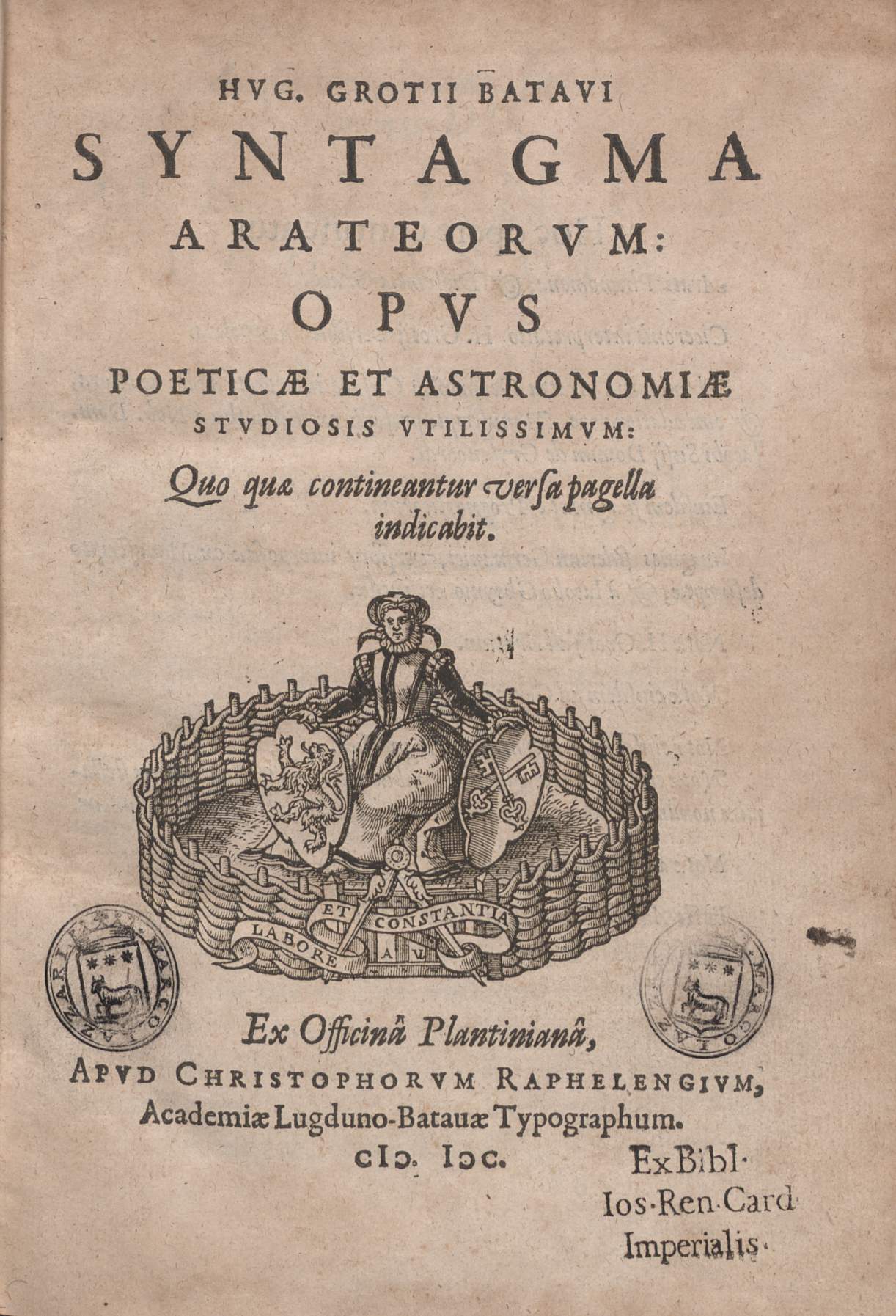
The "Aratea" continued to thrive into the medieval period, likely due to its adaptability to new contexts and the symbolic richness of its subject, the stars. (Cicero’s Astronomy by Emma Gee, University of Exeter)
“By the left wing of the Bird lies the prancing horse. The two Fishes range about the Horse as it prances among them. Beside the Horse's head the right hand of the Water-pourer stretches out: he rises after Capricorn. Capricorn lies ahead and lower down, where the powerful sun turns.”
Aratus, Phaenomena
“Next, the forceful hoof of the powerful horse slopes near the wing of the pinioned figure. The Horse himself, gliding across the sky, is held by the silent Fish, and his neck is stroked by Aquarius' right hand.
This powerful horse reaches the horizon later than Capricorn, who breathes out icy cold from his strong breast, with his half-beast body in the great circle [of the Zodiac]; when at the winter solstice the Sun has clothed Capricorn with his eternal light, he wheels his chariot and changes direction.”
Cicero, Aratea
Until the 17th century, the lines between astrology and astronomy were not clearly defined as they are today. Ancient civilizations believed that the positions and movements of celestial bodies could foretell the future. This belief was rooted in the practical applications of astronomical knowledge, such as predicting seasons, tides, rainfall, droughts, and significant events like solar eclipses or river floods.
The Romans used their understanding of the night sky to navigate their empire, and astronomy was central to their culture, politics, religious beliefs, and philosophical thought. In essence, astronomy profoundly influenced human history over millennia.

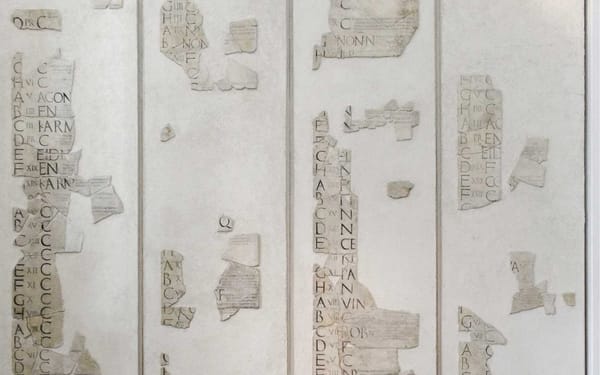

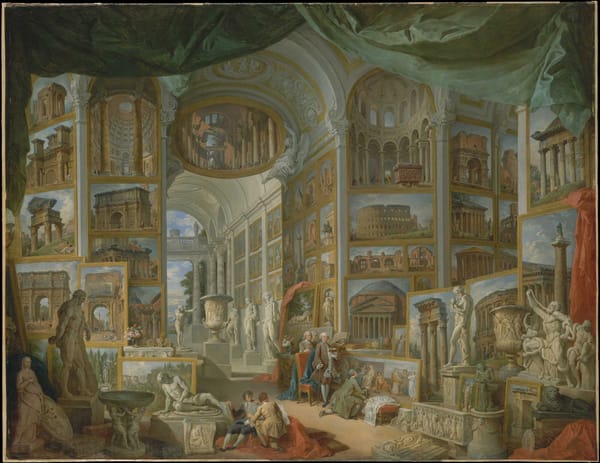

About the Roman Empire Times
See all the latest news for the Roman Empire, ancient Roman historical facts, anecdotes from Roman Times and stories from the Empire at romanempiretimes.com. Contact our newsroom to report an update or send your story, photos and videos. Follow RET on Google News, Flipboard and subscribe here to our daily email.
Follow the Roman Empire Times on social media: